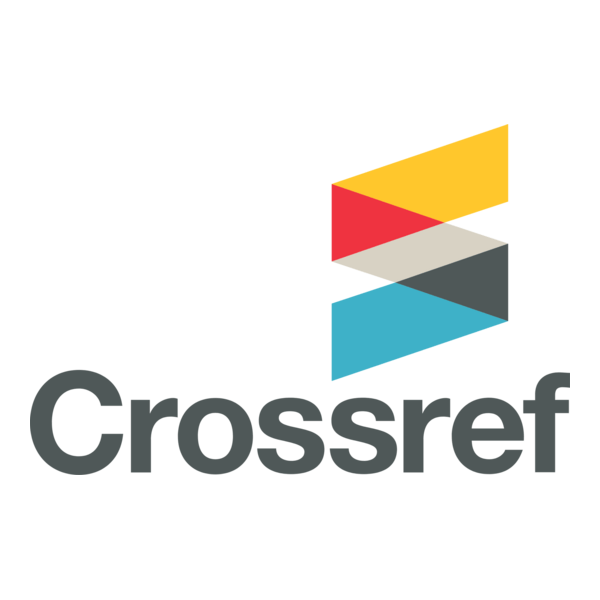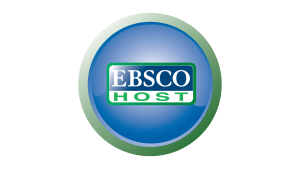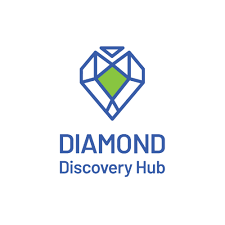Challenges of integrating artificial intelligence into testing laboratories
DOI:
https://doi.org/10.37886/ip.2024.008Keywords:
artificial intelligence, testing laboratories, monitoring, challenges, opportunitiesAbstract
Research Question (RQ): How do testing laboratories use artificial intelligence (AI) and what challenges arise from the use of AI tools?
Purpose: To investigate the use of AI in Slovenian and Croatian testing laboratories, to analyse the impact of the complexity of measurement methods and equipment and to predict trends in this area.
Method: A questionnaire was developed for the study. Representatives of 125 randomly selected testing laboratories in Slovenia and Croatia performing accreditation activities according to SIST EN ISO/IEC 17025:2017 were invited to participate. In addition to descriptive statistics, the Kruskal-Wallis and Mann-Whitney U tests were used to analyse the data.
Results: 44 laboratories responded. The survey shows that most testing laboratories expect increased use of AI tools in the future and that laboratory staff recognise the benefits in terms of efficiency, accuracy and error reduction. However, according to the participants, the use of AI in Slovenian and Croatian laboratories is still limited due to the lack of qualified personnel, technical limitations and high initial costs. Laboratories that have more sophisticated measuring equipment perceive AI tools differently than laboratories that do not operate such equipment. The challenge for the future is to use AI to improve the quality of laboratory services, increase efficiency, improve progress and limit costs.
Organisation: The use of AI enables the development of new business models based on the automation and digitalisation of laboratory processes. Research enables organisations to better understand and exploit the potential of AI.
Society: For society, research can bring many benefits that improve the quality of life, promote economic and technological development and contribute to sustainable development and progress.
Originality: The research topic is unexplored in Slovenia and Croatia, and even in the international environment such concrete research is still quite limited.
Limitations / further research: Only a limited number of Slovenian and Croatian testing laboratories were included in the study, which could limit the generalization of the conclusions at the global level. It would make sense to carry out further research in a wider geographical area. As well as focus further research on determining the economic impact of using AI in laboratories, on determining the effectiveness and reliability of measurements, on studies to identify long-term research opportunities, the development of analytical methods using AI, a more in-depth analysis of differences between laboratories taking into account AI approaches and the analysis of cultural, economic and regulatory factors.
References
Barczak, A. (2023). Artificial Intelligence. Challenges and threats. Studia Informatica, Systems and information technology, 2(29), 5–25. doi: 10.34739/si.2023.29.01
Baum, Z. J., Yu, X., Ayala, P. Y., Zhao, Y., Watkins, S. P., & Zhou, Q. (2021). Artificial Intelligence in Chemistry: Current Trends and Future Directions. Journal of Chemical Information and Modeling, 61, 3197–3212. doi: 10.1021/acs.jcim.1c00619
Burns, B., & Hubbard, D. (2021). The Role of Human Performance Science in Cycle Chemistry Improvement - Is This the Missing Link? PPCHEM Fossil Cycle Chemistry Journal, 23, 20–30.
Chatterjee, R. (2020). Fundamental concepts of artificial intelligence and its applications. Journal of Mathematical Problems, Equations and Statistics, 1(2), 13–24.
da Silva, F., Grochau, I. H., & Veit, H. M. (2021). System proposal for implementation of risk management in the context of ISO/IEC 17025. Accreditation and Quality Assurance, 26, 271–278. doi: 10.1007/s00769-021-01484-6
Electric Power Research Institute (EPRI). (2024). Analyzing Artificial Intelligence and Data Center Energy Consumption (White paper). Palo Alto, California: Electric Power Research Institute (EPRI).
Fonseca, L. M. (2015). From quality gurus and TQM to ISO 9001:2015: A review of several quality paths. International Journal for Quality Research, 9(1), 167–180.
Herman, D. S., Rhoads, D. D., Schulz, W. L., & Durant, T. J. (2021). Artificial Intelligence and Mapping a New Direction in Laboratory Medicine: A Review. Clinical Chemistry, 67(11), 1466–1482.
International Labmate Limited. (28. 7. 2021). LABMATE online. Retrieved on How is AI Used in Labs?: https://www.labmate-online.com/news/news-and-views/5/breaking-news/how-is-ai-used-in-labs/55813
International Organization for Standardization. (6. 02 2024). International Organization for Standardization. Pridobljeno iz ISO 9001:2015: https://www.iso.org/standard/62085.html
Kumar, S. (2023). Developing Human Skills in the Era of Artificial Intelligence: Challenges and Opportunities for Education and Training. Scholedge International Journal of Multidisciplinary & Allied Studies, 10(2), 11–19. doi: 10.19085/sijmas100201
Liangru , Y., Li, Y., & Fan, F. (2023). Employees’ Appraisals and Trust of Artificial Intelligences’ Transparency and Opacity. Behavioral Sciences, 13(344), 1–14. doi: 10.3390/bs13040344
Olu-Lawal, K. A., Olajiga, O. K., Ani, E. C., Montero, D. J., & Adeleke, A. K. (2024). The role of precision metrology in enhancing manufacturing quality: A comprehensive review. Engineering Science & Technology Journal, 5(3), 728–739. doi: 10.51594/estj/v5i3.868
Paranjape, K., Schinkel, M., Hammer, R. D., Schouten, B., Nannan Panday, R. S., Elbers, P. W., . . . Nanayakkara, P. (2021). The Value of Artificial Intelligence in Laboratory Medicine, Current Opinions and Barriers to Implementation. American Journal of Clinical Pathology, 155(6), 823–831. doi: 10.1093/AJCP/AQAA170
Rai, P., & Chatrath, H. (2021). Application of Artificial Intelligence in Chemistry. Green Chemistry & Technology Letters, 7(2), 18–19.
Smith, C. (2019). An employee’s best friend? How AI can boost employee engagement and performance. Strategic HR Review, 18(1), 17–20. doi: 10.1108/SHR-11-2018-0092
Splošne zahteve za usposobljenost preskuševalnih in kalibracijskih laboratorijev (ISO/IEC 17025:2017). (2018). Ljubljana: Slovenski inštitut za standardizacijo.
Thurow, K. (2023). Strategies for automating analytical and bioanalytical laboratories. Analytical and Bioanalytical Chemistry , 415, 5057–5066. doi: 10.1007/s00216-023-04727-2
Tziakou, E., Fragkaki, A. G., & Platis, A. N. (2023). Identifying risk management challenges in laboratories. Accreditation and Quality Assurance, 28, 167–179. doi: 10.1007/s00769-023-01540-3
Additional Files
Published
How to Cite
Issue
Section
License
Copyright (c) 2024 Milan Simončič

This work is licensed under a Creative Commons Attribution-ShareAlike 4.0 International License.
![]()








